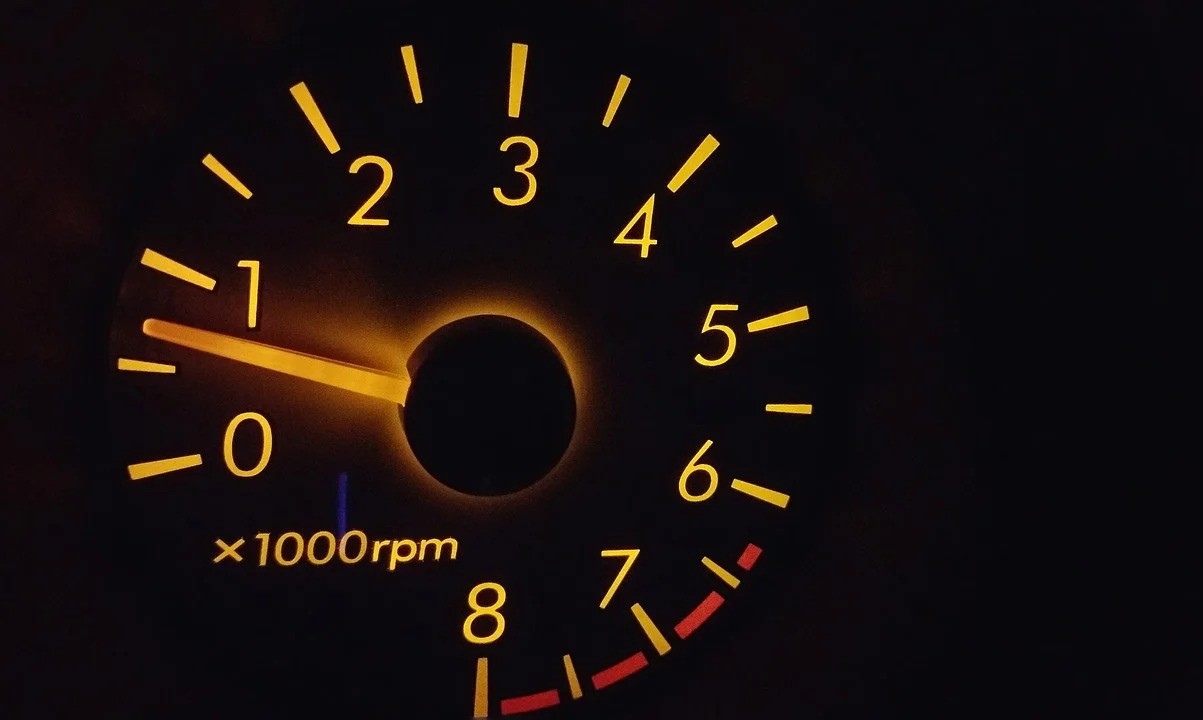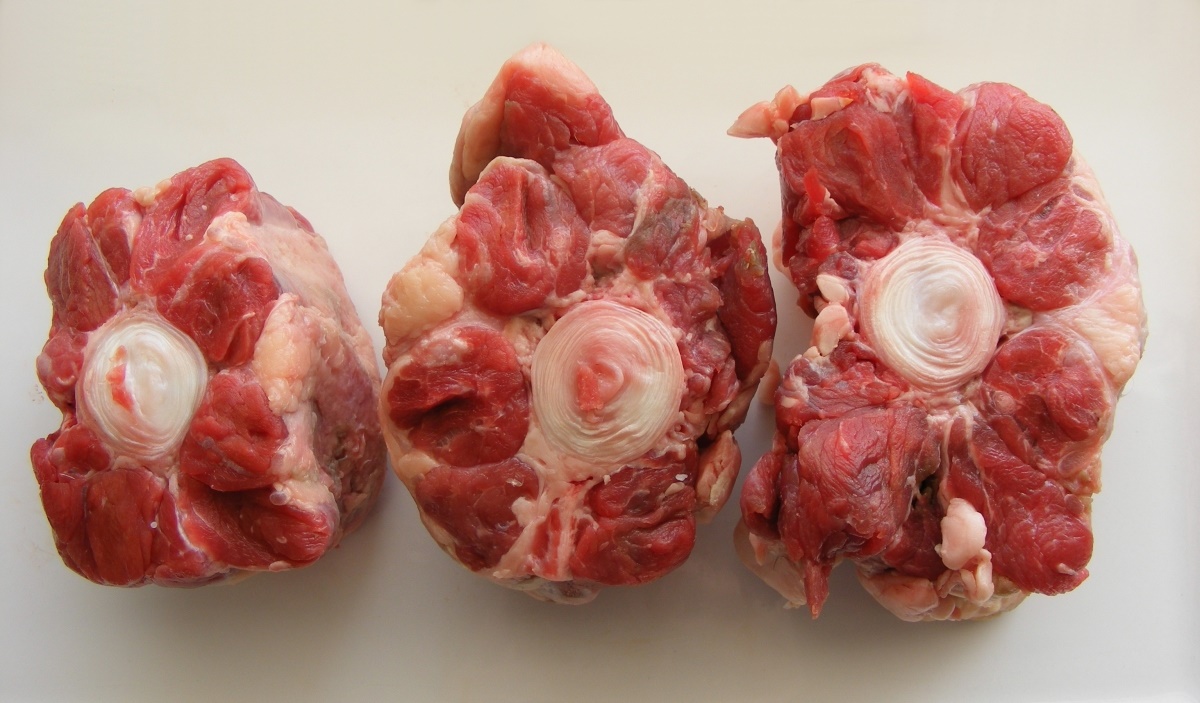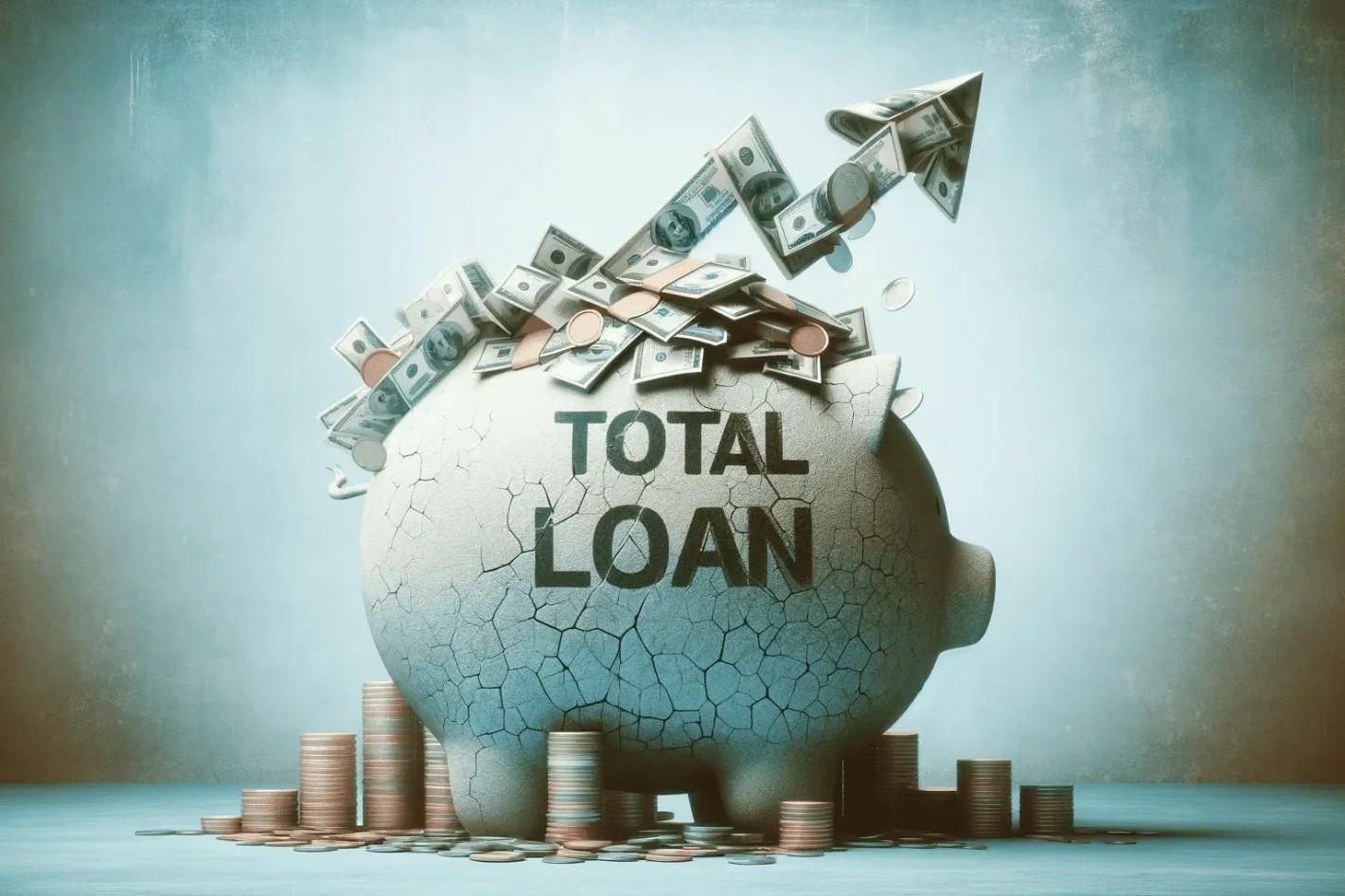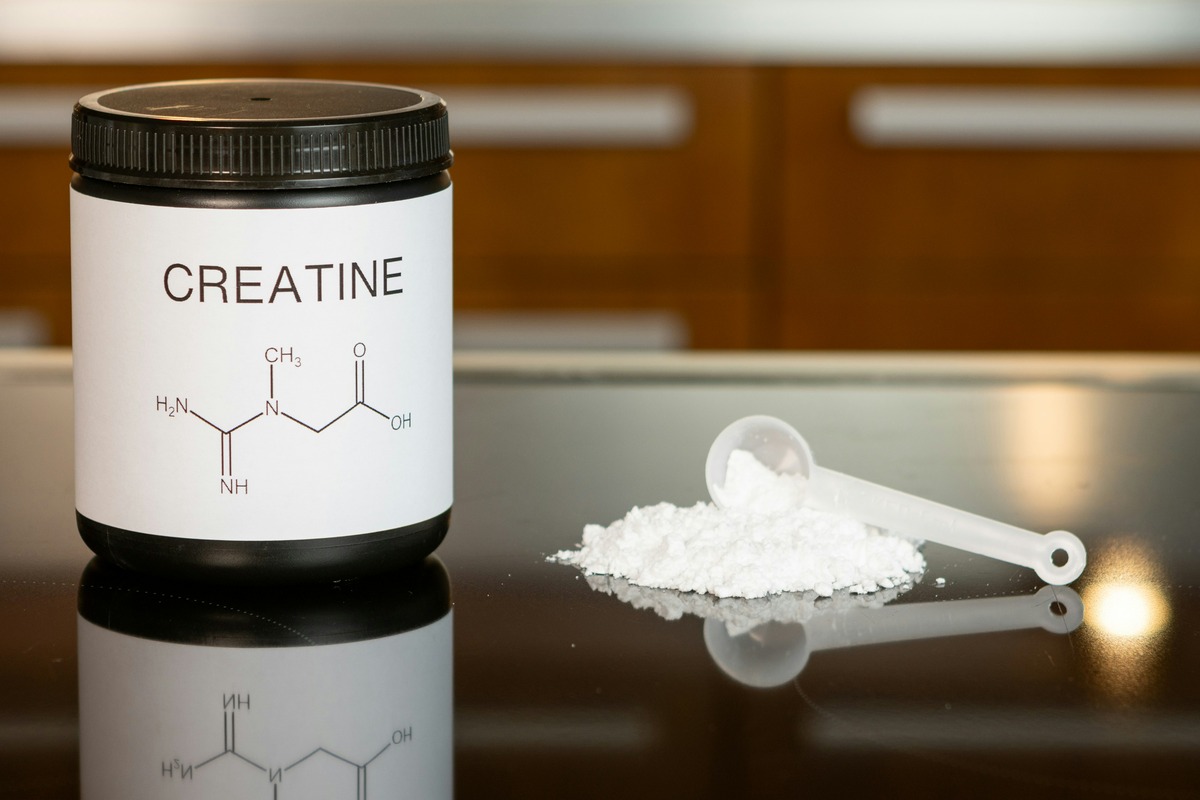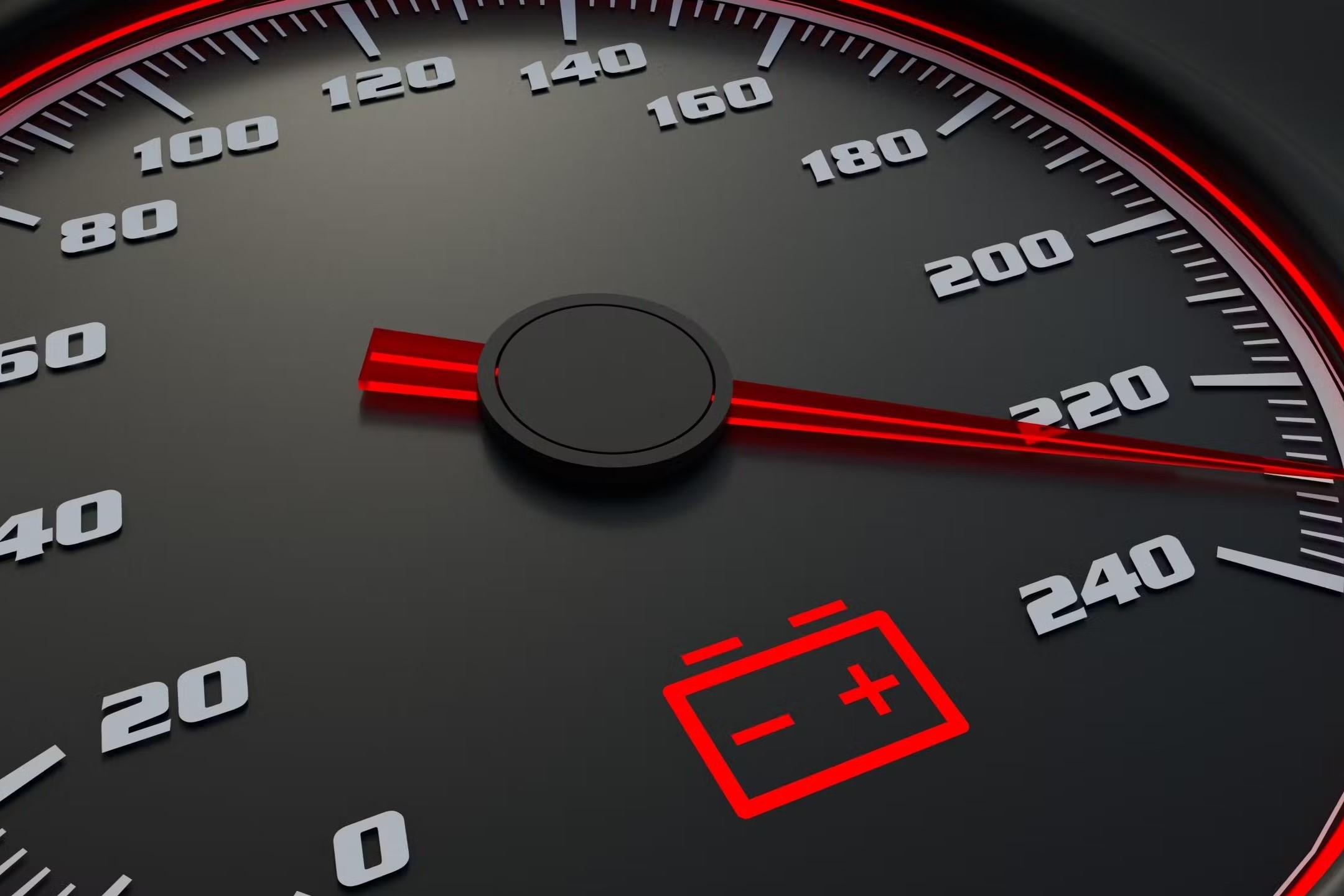Home>Automotive>The Surprising Reason Your RPMs Suddenly Skyrocket While Driving
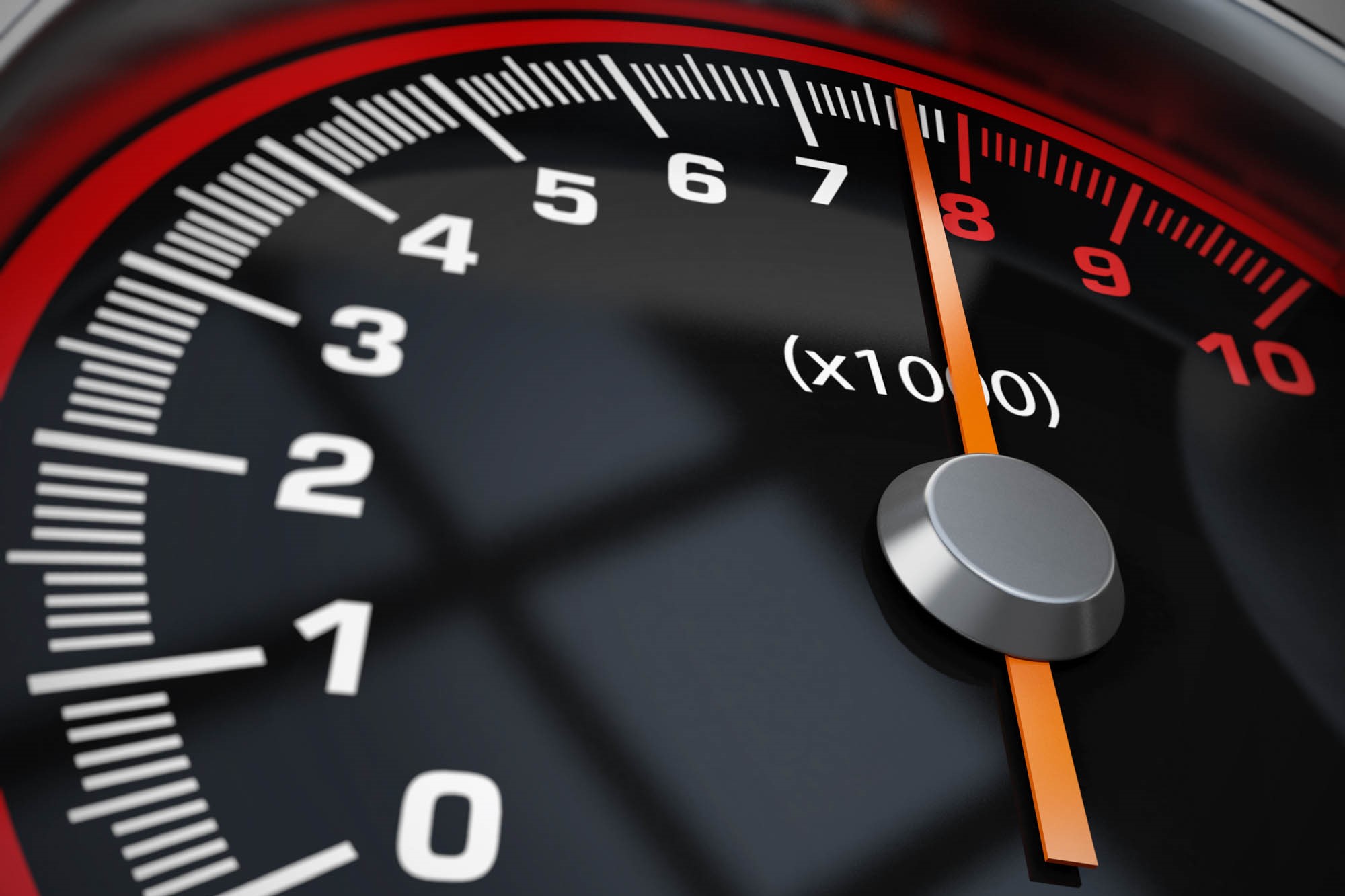

Automotive
The Surprising Reason Your RPMs Suddenly Skyrocket While Driving
Published: January 23, 2024
Discover the unexpected cause behind the sudden surge in RPMs while driving with our expert automotive insights. Uncover the mystery now!
(Many of the links in this article redirect to a specific reviewed product. Your purchase of these products through affiliate links helps to generate commission for Noodls.com, at no extra cost. Learn more)
Table of Contents
Introduction
Have you ever experienced the unsettling sensation of your car's engine revving up unexpectedly while you're cruising down the road? It can be quite a jarring experience, leaving you puzzled and concerned about what might be causing this sudden surge in RPMs. The RPM (Revolutions Per Minute) gauge on your vehicle's dashboard provides a crucial insight into the engine's performance, and when it unexpectedly spikes, it's essential to understand the potential reasons behind it. In this article, we'll delve into the surprising factors that can lead to a sudden increase in RPMs while driving, shedding light on the intricacies of vehicle performance and maintenance. So, fasten your seatbelt and join us as we unravel the mystery behind these unexpected engine revving episodes.
Understanding RPMs and their Importance
At the heart of every vehicle's dashboard lies the RPM gauge, a small yet crucial instrument that provides real-time feedback on the engine's performance. RPM, short for Revolutions Per Minute, indicates the number of complete rotations the engine's crankshaft makes in a minute. This metric serves as a vital indicator of the engine's operational state, offering insights into its workload, efficiency, and responsiveness.
Understanding the significance of RPMs is paramount for any driver, as it directly correlates with the vehicle's acceleration, gear shifting, and fuel consumption. When you press the accelerator pedal, the engine's RPMs surge, propelling the vehicle forward. Conversely, during deceleration or idle states, the RPMs decrease, signifying a reduction in engine activity.
In the context of manual transmissions, RPMs play a pivotal role in determining the optimal time to shift gears. Monitoring the RPM gauge enables drivers to synchronize gear changes with the engine's speed, ensuring smooth transitions and efficient power delivery. This synchronization is crucial for maximizing fuel efficiency and prolonging the lifespan of the transmission system.
Moreover, high RPMs signify that the engine is operating at an elevated speed, which can lead to increased fuel consumption and heightened mechanical stress. On the other hand, excessively low RPMs may result in sluggish acceleration and potential stalling, highlighting the delicate balance required for optimal engine performance.
In essence, comprehending RPMs and their implications empowers drivers to make informed decisions behind the wheel, promoting smoother driving experiences, improved fuel efficiency, and reduced wear and tear on the vehicle's components. By keeping a watchful eye on the RPM gauge, drivers can align their driving behavior with the engine's operational needs, fostering a harmonious synergy between man and machine.
This fundamental understanding of RPMs lays the groundwork for unraveling the unexpected surges in RPMs while driving, shedding light on the intricate interplay between driving dynamics and mechanical performance. With this knowledge in hand, we can now delve deeper into the surprising factors that can precipitate sudden RPM increases, demystifying the enigmatic nature of these perplexing occurrences.
Common Causes of Sudden RPM Increase
-
Acceleration and Gear Shifting: One of the most common reasons for a sudden surge in RPMs is aggressive acceleration or delayed gear shifting. When a driver presses the accelerator pedal abruptly, the engine responds by revving up to generate the necessary power for acceleration. Similarly, if the gear shifts are delayed, the engine may operate at higher RPMs to compensate for the increased load. These driving behaviors can lead to a sudden and noticeable spike in RPMs, especially in manual transmissions where gear changes are directly influenced by the driver's actions.
-
Transmission Slippage: In automatic transmissions, a sudden increase in RPMs can be attributed to transmission slippage. This phenomenon occurs when the transmission system fails to engage the appropriate gear, causing the engine to rev higher than usual without a proportional increase in vehicle speed. Transmission slippage can stem from various issues, such as low transmission fluid levels, worn clutch plates, or internal mechanical malfunctions. Identifying and addressing these underlying transmission issues is crucial to prevent prolonged damage and ensure smooth driving experiences.
-
Faulty Throttle or Accelerator Cable: A malfunctioning throttle or accelerator cable can also lead to abrupt RPM surges. When the throttle or accelerator cable gets stuck or experiences erratic behavior, it can inadvertently cause the engine to rev up unexpectedly. This scenario often manifests as a sudden surge in RPMs while driving, accompanied by a lack of responsiveness in throttle control. Regular maintenance and inspection of throttle components can help preemptively detect and rectify potential issues before they escalate.
-
Vacuum Leaks: Vacuum leaks in the engine's intake system can disrupt the air-fuel mixture, leading to irregular engine performance and unexpected RPM fluctuations. When unmetered air enters the engine due to vacuum leaks, the air-fuel ratio becomes imbalanced, causing the engine to compensate by revving up to maintain operational stability. Identifying and sealing vacuum leaks is crucial for restoring the engine's efficiency and mitigating erratic RPM behavior.
-
Engine Misfires: Engine misfires, characterized by incomplete combustion in one or more cylinders, can trigger sudden RPM increases as the engine attempts to compensate for the irregular combustion patterns. Misfires can stem from various factors, including faulty spark plugs, ignition system malfunctions, or fuel delivery issues. Prompt diagnosis and resolution of engine misfires are essential to prevent prolonged engine strain and optimize overall performance.
Understanding these common causes of sudden RPM increases provides valuable insights into the intricate dynamics of vehicle operation. By addressing these underlying factors proactively, drivers can mitigate unexpected RPM surges, fostering smoother driving experiences and preserving the longevity of their vehicles.
The Impact of Driving Habits on RPMs
Driving habits exert a profound influence on the engine's RPMs, shaping the dynamic interplay between driver behavior and mechanical performance. By analyzing the nuanced relationship between driving habits and RPM fluctuations, drivers can gain valuable insights into optimizing their driving styles for enhanced efficiency and vehicle longevity.
Aggressive acceleration stands as a primary determinant of RPM surges, as rapid pedal inputs prompt the engine to rev up vigorously to propel the vehicle forward. This impulsive driving behavior not only elevates RPMs but also leads to heightened fuel consumption and increased mechanical stress. Conversely, adopting a more gradual and measured approach to acceleration can mitigate abrupt RPM spikes, promoting smoother power delivery and improved fuel efficiency.
Furthermore, the timing and technique of gear shifting significantly impact RPM levels, especially in manual transmissions. Delayed gear changes can compel the engine to operate at higher RPMs, straining the drivetrain and compromising fuel economy. By mastering the art of seamless gear transitions and synchronizing gear shifts with the engine's speed, drivers can optimize RPM management, fostering a harmonious balance between power output and fuel conservation.
Cruise control utilization also plays a pivotal role in regulating RPMs during steady-state driving. Engaging cruise control at appropriate speeds can help maintain consistent RPM levels, promoting fuel efficiency and reducing unnecessary engine strain. However, judicious use of cruise control is essential, as it may inadvertently lead to prolonged high RPM operation when ascending steep inclines or encountering challenging terrain.
Moreover, the conscientious application of braking techniques can influence RPM behavior, particularly during deceleration and downshifting. Coasting to a gradual stop and downshifting smoothly enable the engine to operate at lower RPMs, preserving fuel and minimizing wear on the braking system. Conversely, abrupt braking and downshifting can cause RPM fluctuations, compromising driving comfort and mechanical integrity.
By cultivating mindful driving habits and embracing a proactive approach to RPM management, drivers can optimize their vehicles' performance while reducing fuel consumption and mechanical strain. This heightened awareness of the symbiotic relationship between driving behaviors and RPM dynamics empowers drivers to make informed choices behind the wheel, fostering a harmonious synergy between driving finesse and mechanical efficiency.
In essence, the impact of driving habits on RPMs underscores the pivotal role of driver conduct in shaping the operational dynamics of the vehicle. By embracing conscientious driving practices and leveraging RPM-conscious strategies, drivers can embark on a journey towards optimized performance, enhanced fuel efficiency, and prolonged vehicular vitality.
The Role of Vehicle Maintenance in RPM Fluctuations
Vehicle maintenance stands as a cornerstone of ensuring optimal engine performance and mitigating unexpected RPM fluctuations. A well-maintained vehicle not only operates more efficiently but also exhibits fewer instances of erratic RPM behavior, fostering a seamless driving experience and prolonged mechanical vitality.
Regular engine tune-ups and inspections play a pivotal role in preemptively identifying and rectifying potential issues that can lead to RPM fluctuations. Components such as spark plugs, ignition coils, and fuel injectors undergo wear and tear over time, impacting the engine's combustion efficiency and, consequently, RPM stability. By adhering to scheduled maintenance intervals and conducting comprehensive engine diagnostics, drivers can address these underlying issues proactively, preserving optimal RPM levels and promoting consistent engine performance.
The integrity of the engine's air intake and exhaust systems also significantly influences RPM dynamics. Air filters, mass airflow sensors, and exhaust components play a crucial role in regulating air-fuel mixture and ensuring proper engine breathing. Clogged air filters or malfunctioning sensors can disrupt the air-fuel balance, leading to irregular RPM behavior. Regular inspection and maintenance of these vital components are imperative for sustaining optimal engine performance and mitigating the risk of unexpected RPM surges.
Furthermore, the transmission system's health directly impacts RPM stability, especially in automatic transmissions. Transmission fluid levels, clutch condition, and gear engagement mechanisms are pivotal factors in maintaining smooth gear transitions and RPM regulation. Neglecting transmission maintenance can lead to transmission slippage, delayed gear engagement, and subsequent RPM irregularities. By adhering to manufacturer-recommended transmission service intervals and promptly addressing any signs of transmission malfunctions, drivers can uphold consistent RPM performance and safeguard the transmission system's longevity.
Additionally, the engine's electronic control systems, including the throttle body, idle air control valve, and engine control module, play a critical role in RPM regulation. Malfunctions or sensor inaccuracies within these electronic components can manifest as abrupt RPM fluctuations, disrupting driving comfort and engine stability. Regular diagnostic scans and electronic system inspections are essential for detecting and rectifying potential electronic control issues, ensuring seamless RPM management and sustained engine performance.
In essence, the role of vehicle maintenance in RPM fluctuations underscores the proactive measures that drivers can undertake to uphold optimal engine performance and mitigate unexpected RPM surges. By prioritizing routine maintenance, conducting comprehensive inspections, and promptly addressing potential issues, drivers can cultivate a driving experience characterized by consistent RPM stability, enhanced fuel efficiency, and prolonged mechanical integrity. Through a steadfast commitment to vehicle maintenance, drivers can embark on a journey towards optimized engine performance, fostering a harmonious synergy between proactive upkeep and driving confidence.
Conclusion
In conclusion, the enigmatic occurrences of sudden RPM surges while driving can be attributed to a myriad of factors, ranging from driving habits and transmission anomalies to maintenance oversights. Understanding the significance of RPMs as a barometer of engine performance empowers drivers to decipher the underlying causes of unexpected RPM fluctuations, fostering a proactive approach to optimizing driving experiences.
The interplay between driving habits and RPM dynamics underscores the pivotal role of driver conduct in shaping the operational dynamics of the vehicle. By embracing conscientious driving practices and leveraging RPM-conscious strategies, drivers can embark on a journey towards optimized performance, enhanced fuel efficiency, and prolonged vehicular vitality. This heightened awareness of the symbiotic relationship between driving behaviors and RPM dynamics empowers drivers to make informed choices behind the wheel, fostering a harmonious synergy between driving finesse and mechanical efficiency.
Moreover, the proactive role of vehicle maintenance in mitigating unexpected RPM fluctuations cannot be overstated. By prioritizing routine maintenance, conducting comprehensive inspections, and promptly addressing potential issues, drivers can cultivate a driving experience characterized by consistent RPM stability, enhanced fuel efficiency, and prolonged mechanical integrity. Through a steadfast commitment to vehicle maintenance, drivers can embark on a journey towards optimized engine performance, fostering a harmonious synergy between proactive upkeep and driving confidence.
In essence, unraveling the surprising reasons behind sudden RPM surges while driving unveils the intricate dynamics of vehicle operation, emphasizing the indispensable role of driver awareness and maintenance diligence in preserving optimal engine performance. By embracing a holistic approach that integrates mindful driving practices with proactive maintenance endeavors, drivers can navigate the roads with confidence, knowing that they are actively contributing to the longevity and efficiency of their vehicles.
As drivers continue to unravel the mysteries of unexpected RPM fluctuations, this newfound knowledge equips them with the insights and strategies needed to proactively manage RPM dynamics, fostering a harmonious equilibrium between driving finesse and mechanical vitality. With a deeper understanding of the multifaceted factors influencing RPM behavior, drivers are poised to embark on a journey towards optimized performance, enhanced efficiency, and enduring vehicular resilience.


